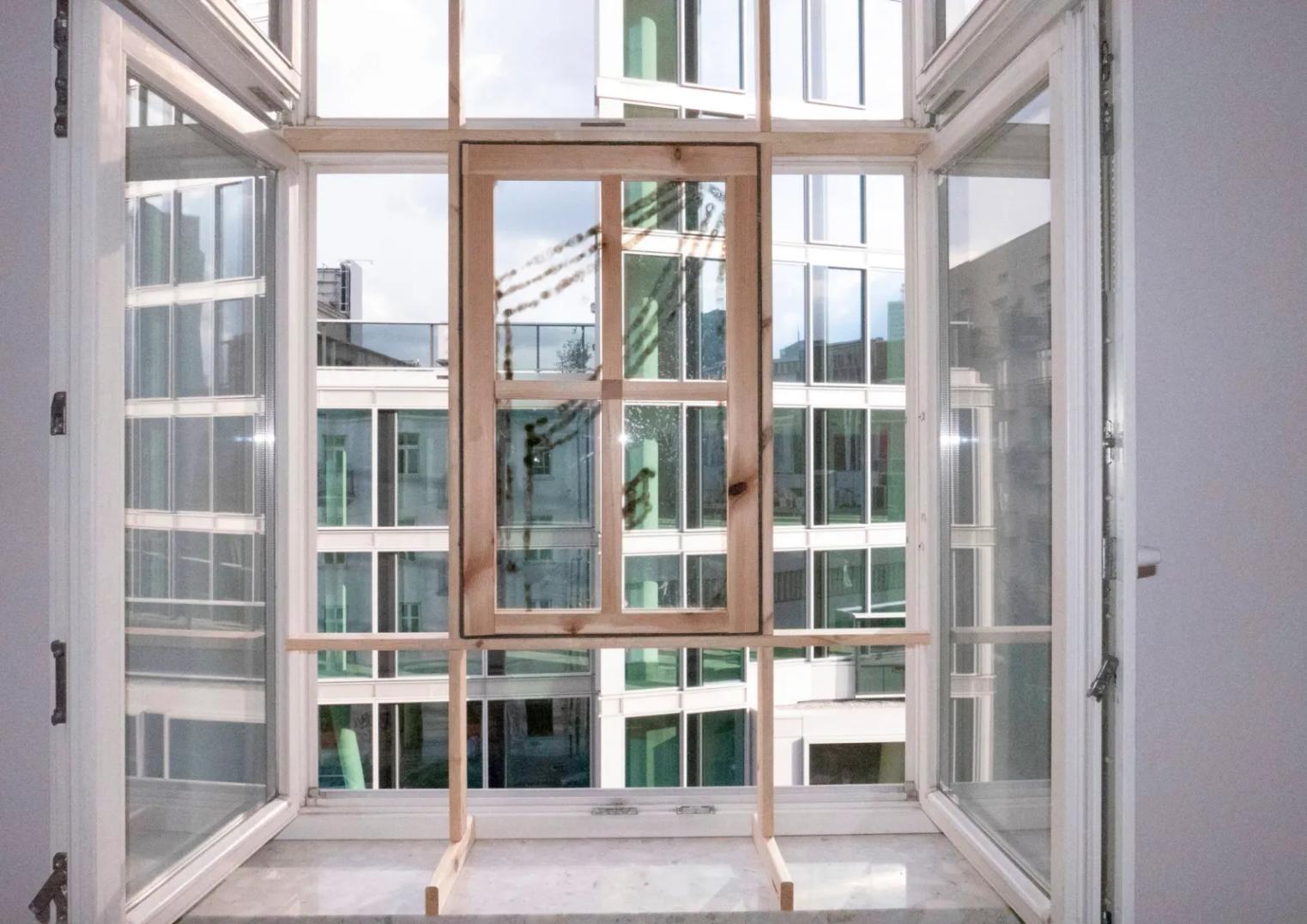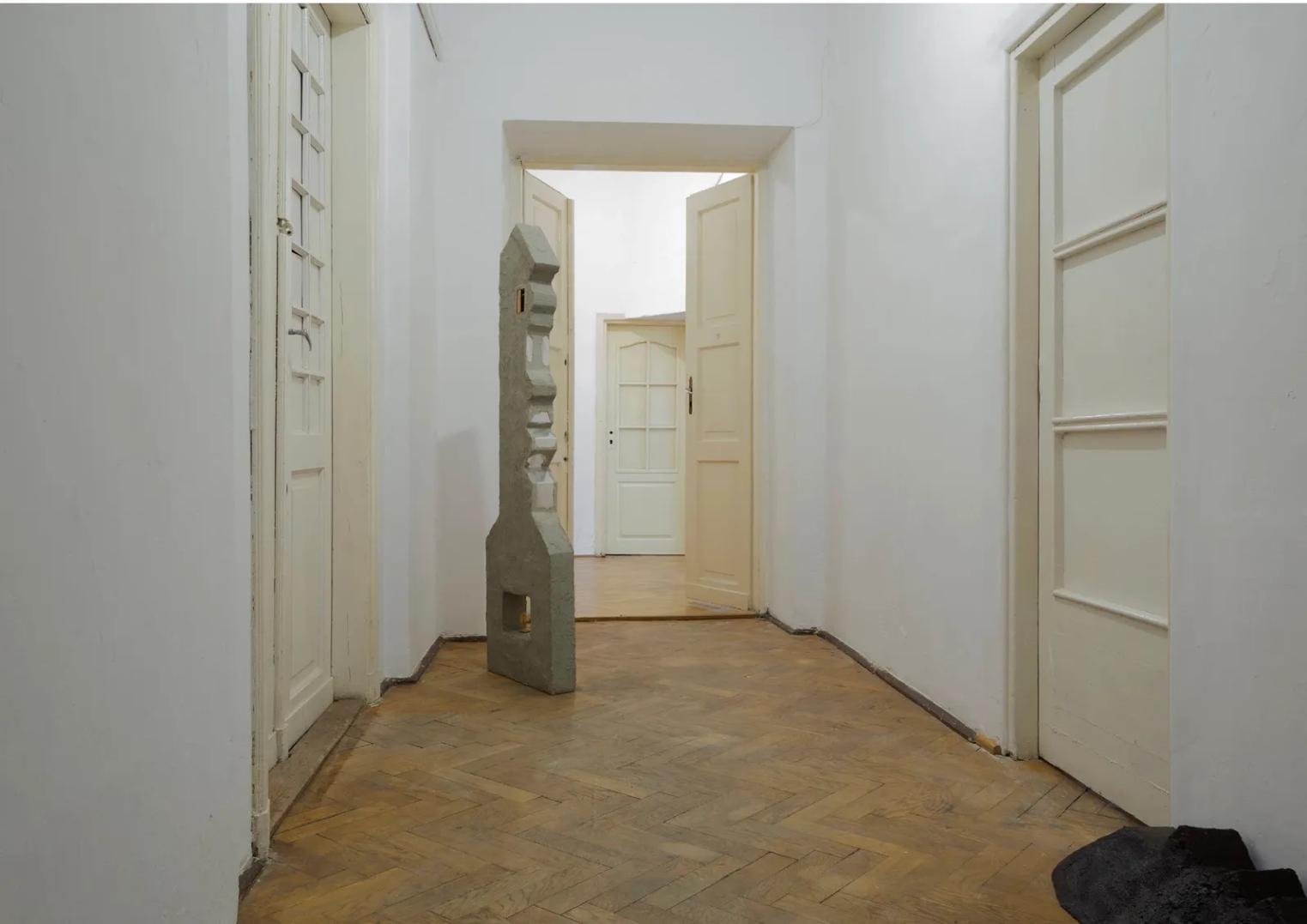Take an apple or tomato on the road, let it grow by an order of magnitude. The meridians and parallels are swelling. The trajectory of a fruit fly's movement could be tracked by flightradar, if there was a point to it. Let's take a clock and move its flat dial into the third dimension. Time is now running down hard like asphalt melted by the sun. One day is one ping-pong ball, a year could be enclosed in a packet. Now take any slice of the city and remove everything that distinguishes it from any other arbitrary slice of the city. It's even possible to do this with some landmark, such as Gdansk Station.
All that will be left are the coffers, the leaflet stands, the change trays, the waste from the decommissioning of some kiosk spilling out of the gruzbag. Let's call it a small infrastructure altogether. This is the kind of raw material Piotrek Kowalski works with. Sometimes he tinkers with scale, sometimes he subtracts or adds one dimension to objects or phenomena. Basically, however, he stays with the concrete, the rack upholding the suggestion of the original function.
The primary function of this small infrastructure is to organize reality. Or more specifically: to organize space in such a way as to allow the circulation of products and air, information and transactions. The task the artist-logist sets himself is to catch these flows with a sculptural grasp that gives them material form. He catches where it rasps, pulls the glitch into a database along with dust and lost coins, and sees what he gets out of it.
In front of the shop there is an extensive car park. Along its edge, a metal pole and a concrete sphere are installed alternately. Together, these structures organise the space, yet maintain a distance from each other. Starting from these figures, I decide to build a symbolic family of products and stage their display.
(quote from Panorama 8's exhibition text)






















